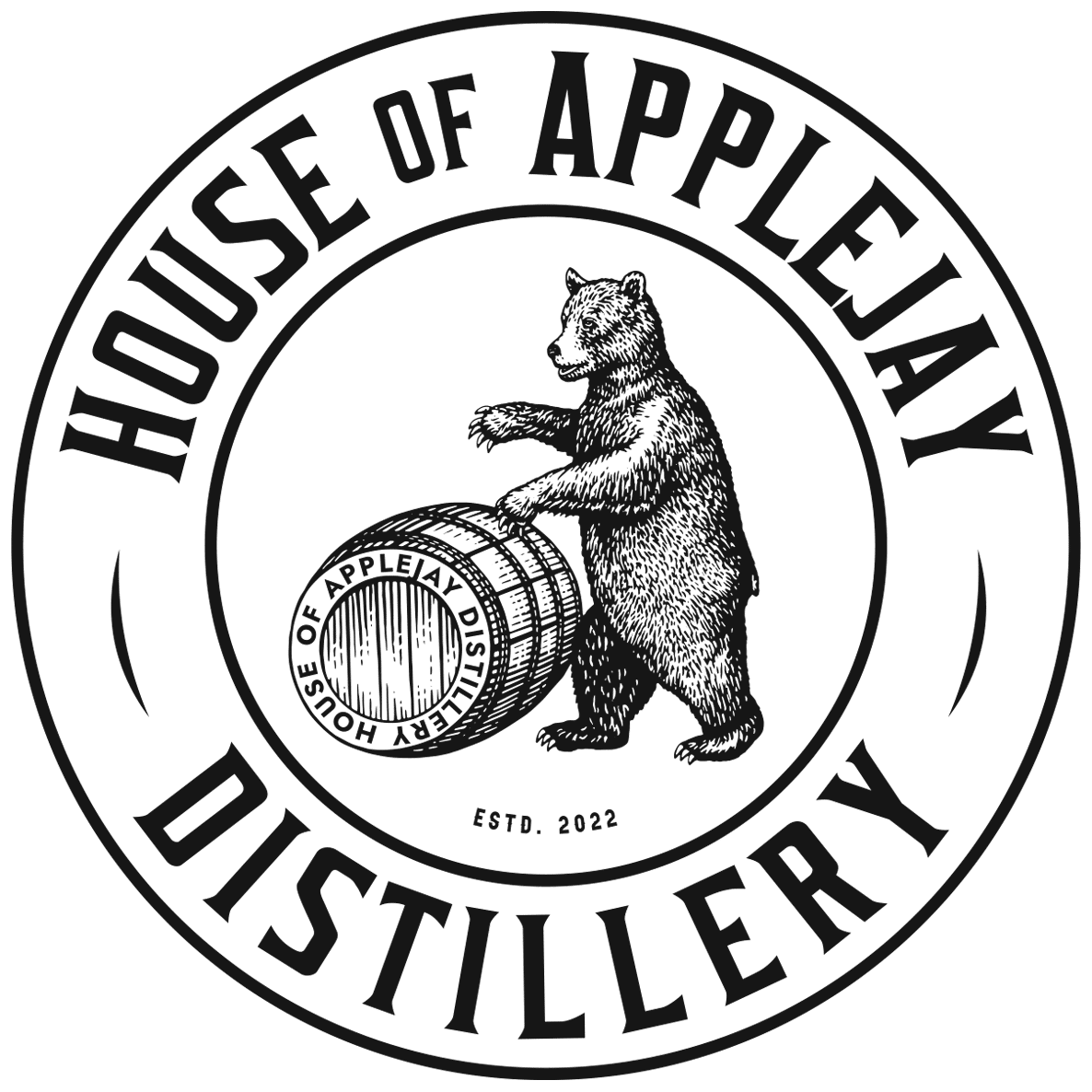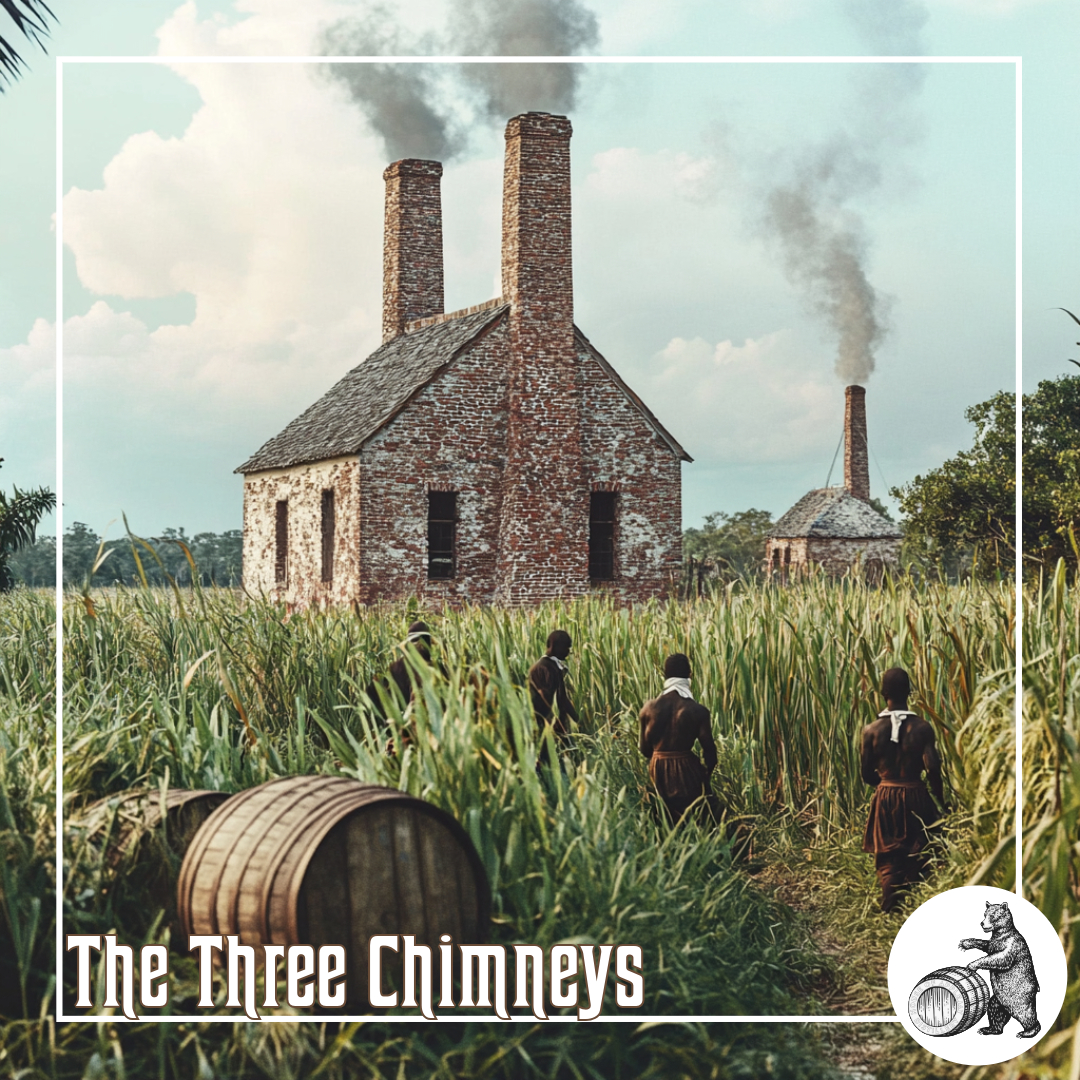The Three Chimneys
A Legacy of British Colonial Enterprise and Preservation
The Three Chimney Distillery site is a significant landmark in American history. Also known as the Three Chimneys Sugar Mill, Oswald’s Swamp Settlement, and the Henry Yonge Plantation, it stands as the oldest surviving British sugar plantation, sugar mill, and rum distillery in the United States. This historic site provides a captivating window into Florida’s colonial heritage. This historic site offers a captivating look into Florida’s colonial era and its early agricultural and distilling practices.
Three Chimney Sugar Mill was established in 1764 during East Florida’s British Period (1763-1783). Scotsman Richard Oswald, who received a 20,000-acre grant from King George III under the guidance of Florida Governor James Grant, established this site. Oswald, who amassed his fortune through the slave trade and by supplying bread to English troops during the Seven Years’ War, had grand ambitions for this new enterprise.
The Seven Years’ War concluded with the Treaty of Paris in 1763, which resulted in the cession of Spanish Florida to Great Britain. In February 1765, Oswald shipped supplies and about fifty enslaved men to Governor Grant in St. Augustine, setting up temporary housing at his plantation. By June 1765, several boats carrying tools, Englishmen, and Oswald’s African slaves landed at the point where the Tomoka and Halifax rivers converge, an area now known as Tomoka State Park.
Mount Oswald and the Early Struggles
Oswald initially focused on cultivating sugarcane at Mount Oswald, but his efforts were thwarted by a major freeze, as the sugarcane variety he chose was not cold-resistant. Shifting focus, he turned to cultivating indigo and rice, with indigo becoming the largest cash crop. A few years later, the Swamp Settlement, located about six miles south of Mount Oswald, saw success with sugarcane cultivation. The area, known for its lush fields and favorable conditions, became a hub for British sugar and rum production.
The Swamp Settlement covered 300 cleared acres and featured several substantial buildings, including the overseer’s house, grain houses, a sugar house, distillery works, and a sugar mill. The Three Chimney facility was notable for its use of individual heat sources for each kettle, known as the Spanish Train, which preceded the Jamaican Train method that utilized a single heat source for all kettles. Alongside the Dummett Sugar Mill, Three Chimneys was one of the few historic distilleries in the Tomoka State Park area known for producing rum.
The Legacy of Richard Oswald
Richard Oswald, who lived in Virginia, operated the plantations through overseers and managed them until after the Revolutionary War. During the war, he served as the British delegate at peace negotiations, working with Benjamin Franklin, John Jay, and others to draft the British terms of peace for the American colonies. The Treaty of Paris of 1783, which resulted from these negotiations, established the Mississippi River as the western boundary for the United States.
After the war, Britain ceded Florida back to Spain. By late 1785, Oswald’s Swamp Settlement and other British plantations were abandoned. The Spanish then granted land to British subjects to repopulate Florida. In 1803, Henry Yonge, a nineteen-year-old Georgian and Bahama resident, was awarded 850 acres including Three Chimneys. He worked to improve the deteriorated plantation for six years but eventually abandoned it in 1809.
Preservation and Modern Day
Following Yonge’s departure, the land around Three Chimneys fell into neglect, with wooden structures deteriorating rapidly and the area becoming overgrown. After the Civil War, early settlers misidentified the three remaining brick chimneys as remnants of early Spanish missions.
In 1914, William Fagan, a friend and employee of Hotel Ormond builder John Anderson, constructed a house on the remains of the sugar boiling facility. He established Camp Fagan, a tourist attraction that included a small museum and alligators. Camp Fagan operated until 1921, when the property was sold to Edmund L. Fisher.
In 2001, the State of Florida acquired the property, which is now managed by the Ormond Beach Historical Society. Preservation efforts have ensured the survival of the historic structures, with the Three Chimneys site now offering visitors a glimpse into Florida’s colonial history. Notably, the chimney standing today is a 1914 addition by William Fagan, adding a layer of historical intrigue to this remarkable site.
Visiting Three Chimney Distillery
Thanks to ongoing preservation efforts by the Ormond Beach Historical Society, a visit to the Three Chimney Distillery offers an engaging experience that immerses visitors in Florida’s rich historical tapestry. Located at 715 West Granada Boulevard, just east of the Granada Professional Center, the site provides a fascinating journey into the region’s colonial past.
The Distilling Culture
BLOG
Embark on a global journey, and you’ll find that cultures possess tales that harken back to their ancient beginnings of distillation, brewing, and winemaking.
info@houseofapplejay.com
67 Fowler St, Bldg B, East Ellijay, GA 30540

